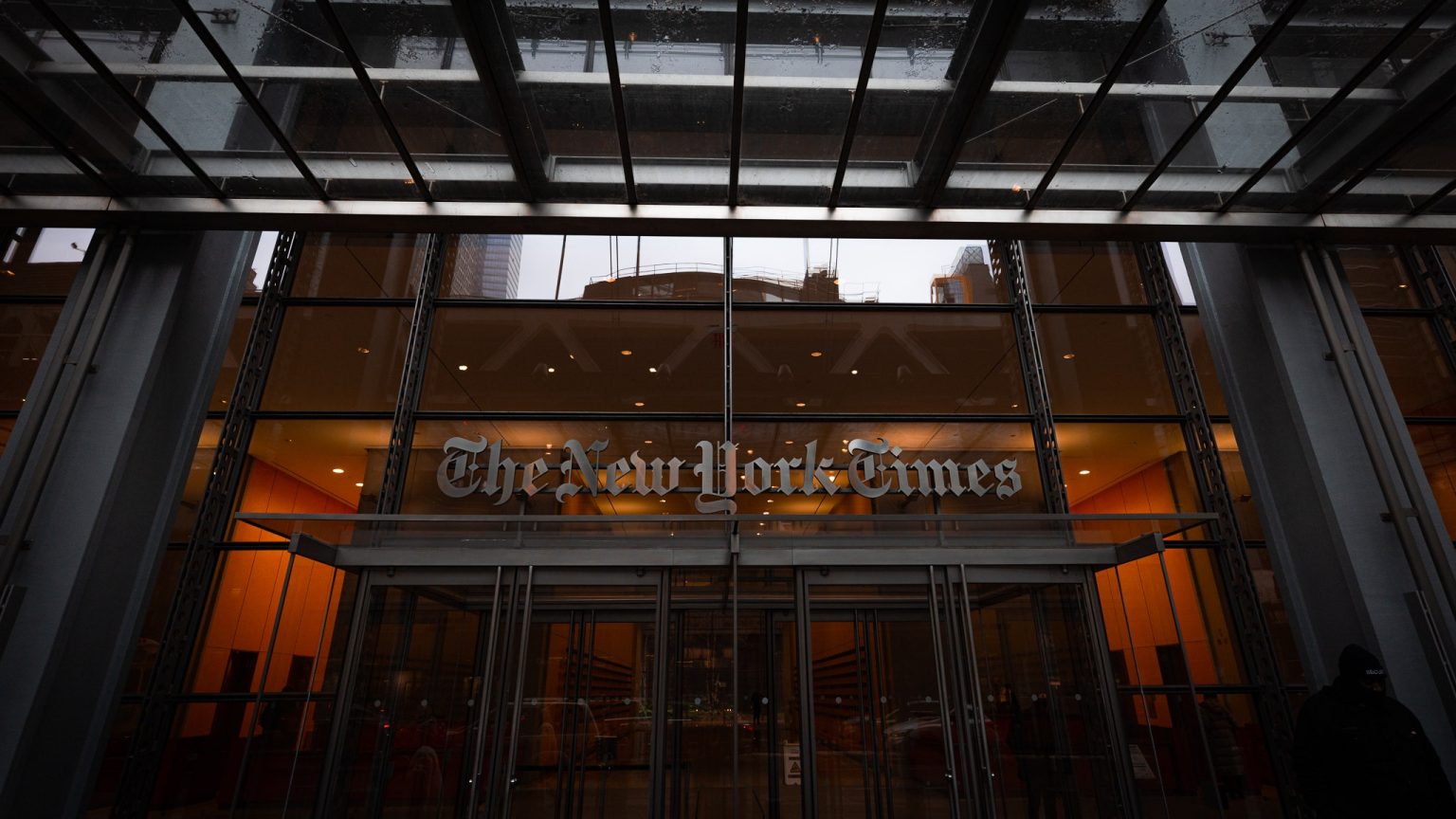In recent years, newsrooms across major media companies have been in turmoil due to clashes between younger, more liberal staff who want their point of view represented and senior executives upholding old-fashioned standards of fairness. The fear of social media backlash and anger from younger staff has caused managers to frequently cave to demands. The New York Times is once again at the center of controversy as they investigate a leak regarding coverage of the war between Israel and Hamas. Younger liberals blame Israel for the war, and questions were raised about reporting on Hamas’s actions and the suffering of Gaza residents receiving attention. Times Executive Editor Joe Kahn has spoken out against the breakdown in trust and collaboration caused by the leak, pointing out that digital workers lack training in journalism and the tolerance for open debate.
The leak of the internal debate to the liberal site Intercept has led to accusations that the company is targeting staffers who feel their concerns about Gaza are being ignored. Reporter Stacy Cowley accused the company of bullying those who raised concerns and claimed they were targeting Arab and Middle Eastern staffers. NPR also experienced turmoil recently when senior business editor Uri Berliner resigned after being suspended for publishing an unauthorized piece criticizing the network’s shift towards blatant liberal activism. Berliner cited examples of anti-Israel bias, pro-transgender agenda, and dismissing the Hunter Biden laptop story. He noted the hiring of CEO Katherine Maher, whose past tweets show far-left activism and intolerance. Berliner highlighted the division in the newsroom caused by management’s dismissal of his concerns.
NPR’s turmoil is part of a trend of news organizations facing internal strife as liberal views dominate the editorial decisions. MSNBC hosts openly revolted against their NBC bosses, leading to the firing of RNC chief Ronna McDaniel just days after her hiring was announced. The New York Times reinforced this trend by firing Editorial Page Editor James Bennet for publishing an online column by GOP Sen. Tom Cotton advocating for military intervention during the 2020 urban riots. The continuous turmoil within liberal newsrooms like the Times reflects a shift in power where younger, more progressive voices are gaining influence and challenging traditional editorial standards.
The tensions at the New York Times over coverage of the Mideast war highlight the ongoing struggle between maintaining journalistic integrity and appeasing vocal factions within the newsroom. The leak of internal discussions has ignited backlash from staff who feel marginalized, leading to accusations of bias and discrimination aimed at certain groups of employees. The unrest at the Times mirrors similar conflicts at other media outlets, including NPR, where a senior editor resigned over concerns of liberal activism and bias. As newsrooms grapple with internal divisions and external pressure from social media and public opinion, the future of journalism is at a crossroads, with traditional standards of fairness and balance often giving way to the demands of a more vocal and politically charged staff.
The challenges facing modern newsrooms extend beyond the editorial decisions and coverage of current events, reflecting deeper divides within society and the media landscape. The rise of social media and digital platforms has given voice to previously marginalized perspectives, leading to clashes over representation and narrative control. The turmoil at the New York Times and other media outlets underscores the complexities of balancing journalistic integrity with the demands of an increasingly polarized and opinionated audience. As news organizations navigate these challenges, the future of journalism will likely be shaped by how they respond to internal dissent, external pressures, and the changing dynamics of the media industry in an era of heightened political and social division.


